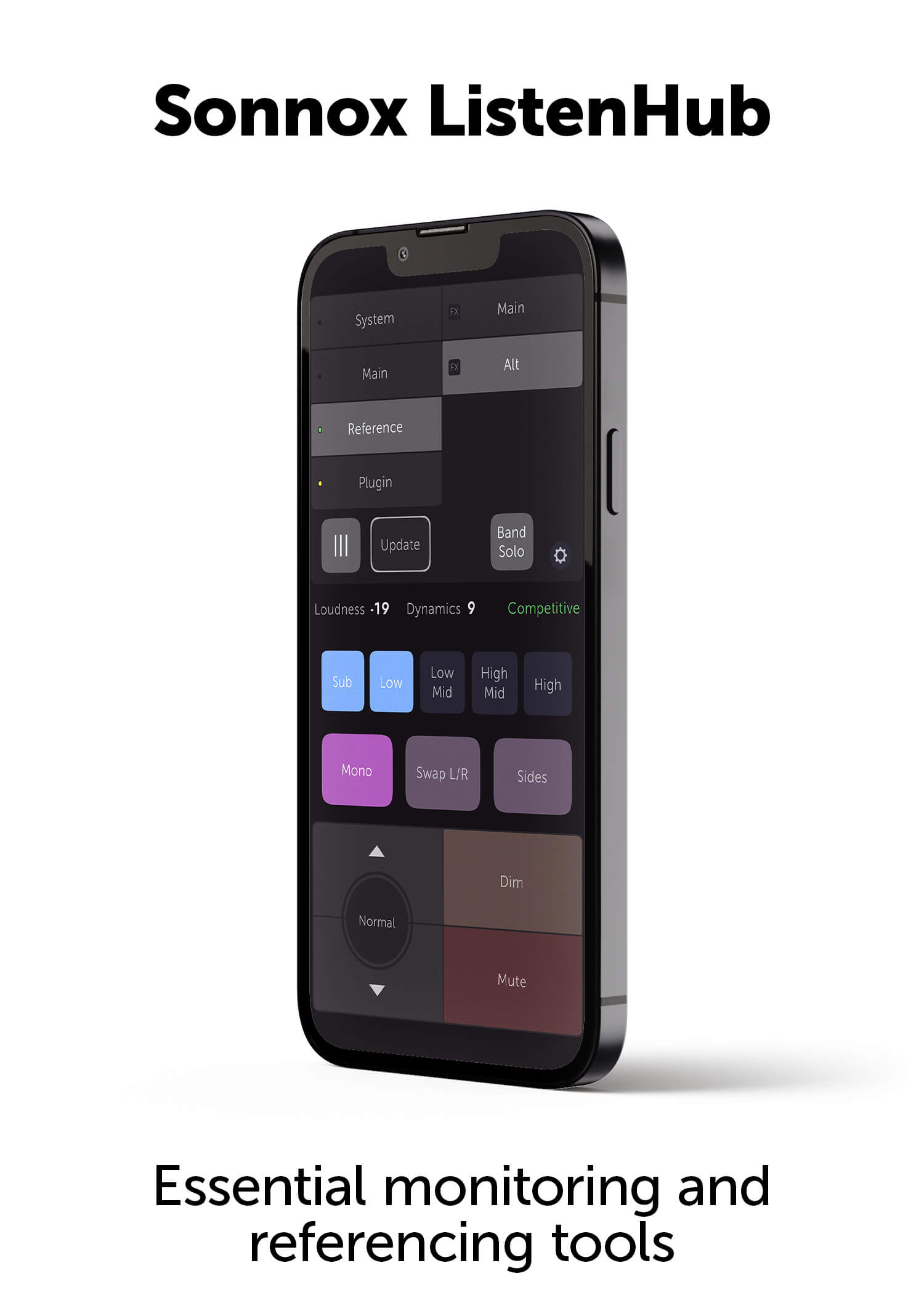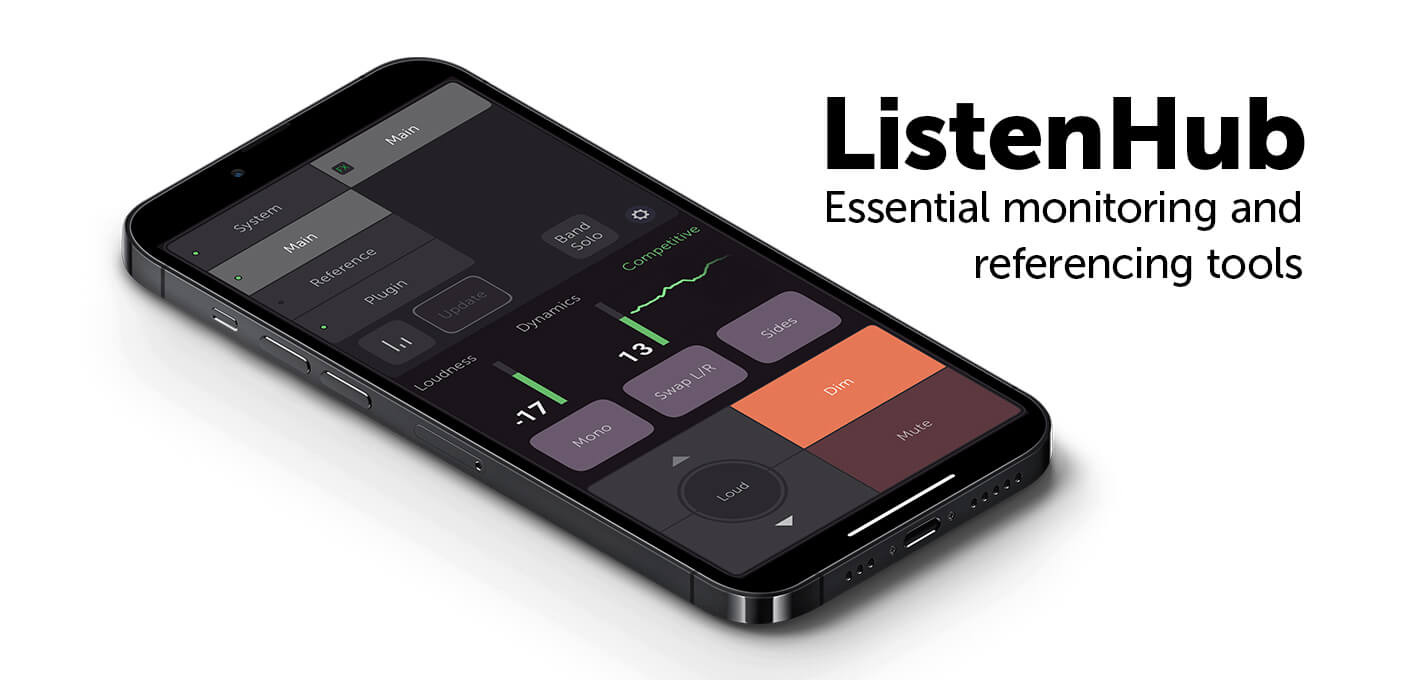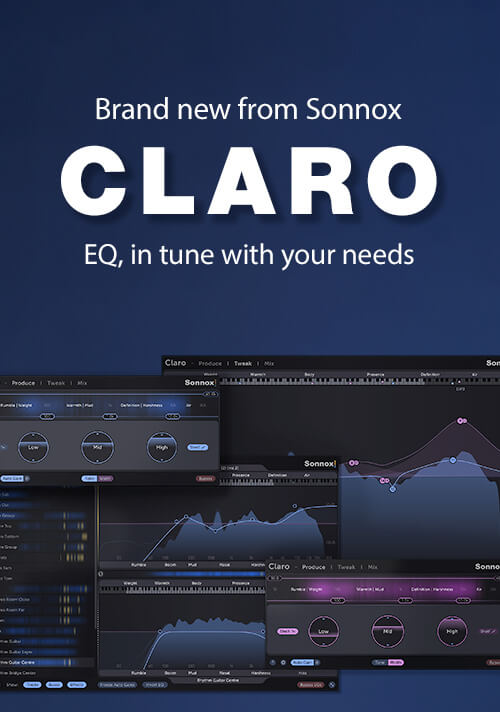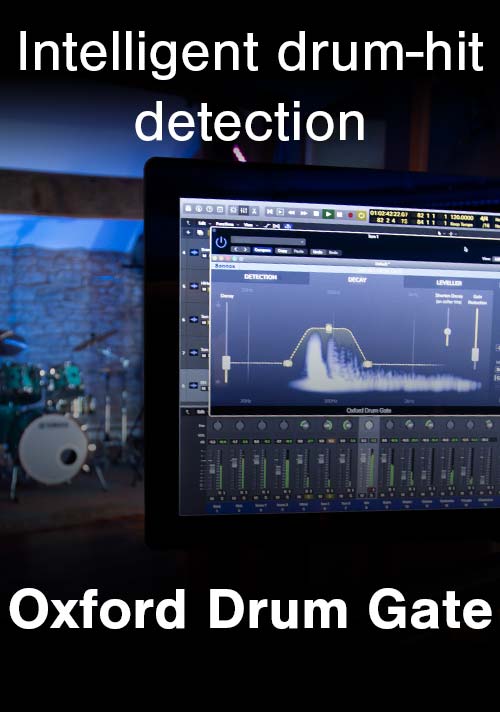Richard Chycki on guitars.
This time our mix tip comes from multi-platinum Mixer/Engineer/Producer Richard Chycki. His credits include the likes of Rush, Aerosmith, Seal and Mick Jagger. We ask him to share his experience of recording and producing electric and acoustic guitars.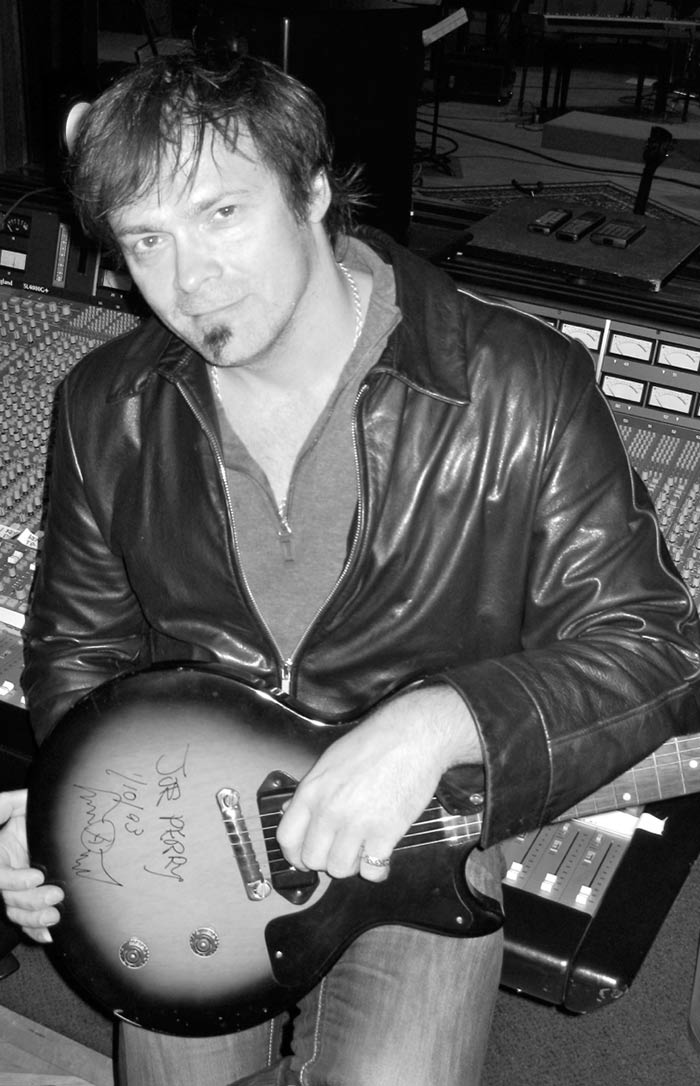
Which mics do you tend to turn to for recording electric guitars?
I use quite a few different mics, depending on the application.
For electrics, I can start as simple as a single Shure SM57 or SM7 on a VOX AC30 amp. Other dynamics I favor include the Sennheiser 409 and 421. I'll often combine different amps and mic combinations to minimize processing needed further down the chain.
I'm a big fan of ribbons on electric guitar for their thicker low-end and tapered hi-end. Manufacturers have taken advantage of the ribbons' figure-8 polar response and given each lobe a different frequency curve, often a bit brighter from the rear. Some of my favourites include Audio Technica's 4080 as it's capable of working at a very high SPL and it sounds wonderful; the Shure KSM 313 and 353 ribbons are great on saturated guitars; the Royer 121 and Beyer's M160 which is particularly interesting for its use of a pair of elements to give a tight hyper-cardioid pattern.
For the most recent Rush CD, Clockwork Angels, we set up a row of amps and mics using most of the microphones I've listed here. For me, selection of mics is very much like selecting an amp or guitar. It's experimentation to find the 'right tool for the right job' type of approach, coupled with positioning and always checking phase for coherency.
How about acoustics?
Often, I prefer a larger than life acoustic guitar and I opt for my trusty Telefunken U47. I also have an Audio Technica Tube 4060 that sounds very nice. Looking at smaller capsules, the Earthworks SR30's are amazingly flat, offering un-hyped realism. Finally, Sennheiser's MKH800P48 is a swiss-army knife of polar patterns and filters that even comes with an LED for aiming. It's an excellent choice for close mic'ing or for ambience.
How about the use of room mics with guitars?
As a general rule, the amount of room ambience is inversely proportional to the quantity and density of guitar tracks/performance. For example, a single solo track of the late blues guitarist Jeff Healey or Joe Perry would have quite a lot of room recorded (I keep dry and room tracks separate, check for phase). A denser recording or a tight metal performance would have little-to-no room mics in use at mix time. More on ambience at mix time shortly. For the track Hope on Rush's Snakes and Arrows, I positioned Alex Lifeson at the apex of a 2 meter equilateral triangle setting up a pair of Earthworks mics (if memory serves) pointing at Alex from each of the other points of the triangle. We toned down the room quite a bit with rugs, tapestries and gobos. In effect, we didn't have any close-proximity mics in the traditional sense. But the detail from this mic'ing technique was particularly realistic and satisfying, definitely contributing to the breathing and life of Alex's performance.
How about your use of Sonnox plug-ins when producing guitars?
The Sonnox EQ is indispensable for sculpting guitars. The secret? Different EQ modes!
To me, mode 1 is the SSL-style - aggressive when needed and often, a little goes a long way. I control rizz with the LPF. It's super-natural in 6db/oct mode but is a veritable cutoff when set to 36dB/oct, particularly useful for shaping distorted direct recorded guitars. EQ mode 2 is similar but offers asymmetrical curves, where there is constant-Q, but only in cut. This would be quite useful when pulling out trouble frequencies like woofy low guitar cabinet resonances, while leaving as much audio untouched around the point in question. EQ mode 3 is more of a gentle tone-shaping palette, much more 'Neve-like' in character. And finally, mode 4 offers very wide curves - think Pultec EQP. Shhh, don't tell anyone this: the hi-shelf Q-control adds an upper mid scoop before the hi-end boost frequency. That equals more air on acoustic guitar while cutting the harshness.
Also, while Sonnox's SuprEsser moniker gives the impression that it's destined solely for vocal use, it makes an amazing dynamic EQ for guitars. Tuned low, it tames bulbous low end woofs from palm-muting while leaving all the bottom end in the track when chording is wide open. Tuned high, it tames string and finger noise in acoustic guitar tracks without sucking out all the air.
I also turn frequently to the Oxford Reverb. Adding just a touch with a short 0.7 - 1 sec decay imparts a sense of space to guitar parts. This can also help make a multi-overdub recording sound like a single coherent part. This reverb is smooth at short decay times with no ringy-ness.
Finally, my guitar subgroups benefit from the Inflator (Harmonic Exciter) plug-in. It kind of does exactly what the name hints at. Cranking up the effect makes guitars bigger and fatter without sounding squashed or limited, so they sit in a dense mix just right with no fighting or struggling.
Interview and editorial provided by Rich Tozzoli
